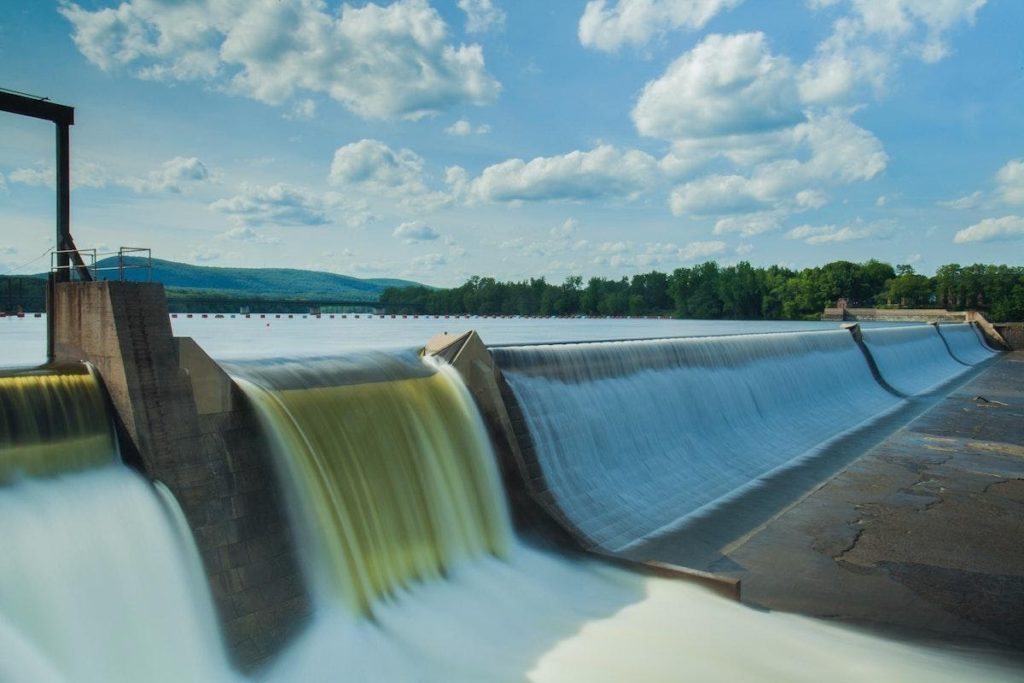Of all energy production, hydropower has the potential of being the most efficient energy source. Modernization of old hydroelectric power plants provides the most energy for invested money and effort.
The Energy Return on Investment (EROI) is the ratio of the total energy produced during a facilities’ normal lifespan, divided by the energy required to build, maintain and operate it. A high ratio indicates good environmental performance. All energy production leaves an environmental footprint, and using EROI makes it easy to compare different technologies objectively.
Hydropower has the Highest EROI
The EROI for hydropower shows between 50 and 500 times more energy is recovered during the normal lifespan, in relation to the energy required for building, transportation of materials and operations.
This puts hydropower in a massive lead compared to the technology in second place, wind power. A wind power plant “only” has an EROI of 4-30, which despite the comparison is not a bad ratio – thermal energy sources such as biomass, gas, and coal only have an EROI of 2-5.
Other Plants
For wind or solar plant, the expected lifespan is about 25 years. Thermal power plants have a nominal life of 30-40 years. In addition, it takes a great deal of energy to extract. refine and transport raw materials for thermal electricity generation, not to mention handling the waste.
Modernization Most Efficient
Hydropower plants are in the top tier when it comes to EROI, and the most energy-efficient is the modernization of old plants. That’s one of the reasons hydropower plants have a high EROI.
Another reason hydropower does so well is due to a typical large-scale technology, where the plants have a long life (at least 70 years), and the raw materials arrive “for free” once the infrastructure is established.
What’s Left Out of EROI?
The EROI doesn’t include factors such as loss of biodiversity, greenhouse gas emissions, economy, or quality of electricity delivered. In addition, EROI fails to include the entire supply chain. Between 40 to 60% of the energy potential is lost through thermal conversion to electricity due to heat loss.
Other indicators include these factors, such as Net Energy Ratio (NER) and Cumulative Energy Demand (CED). These indicators show the energy efficiency of the technologies measured through the entire supply chain of electricity production.
In the assessments of new power generators, all energy indicators should be considered, as well as other environmental indicators in a larger context. In other words: Hydropower plants aren’t necessarily the best choice everywhere.




